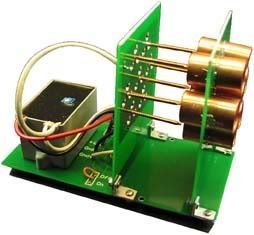Plane Trouble
Well-Known Member
I dunno if you guys have seen this yet, but it was actually featured in this months issue of AOPA.
http://hypermach.com/
It's a company trying to produce a Mach 4 hypersonic biz jet. Pretty outlandishly far fetched if one was to ask me. If you watch the YouTube vid featuring Richard Lugg, found and CEO, you'll notice him talking about sonic boom reduction using "Electromagnetic Drag Reduction Technology" whereby some form of electromagnetic vacuum is projected in front of the aircraft that it will then presumably pass through...
Does somebody want to explain me how such a thing is supposed to actually work in reality???? In the mean time I'm gonna run do some touch and goes I'm my TIE Fighter...
http://hypermach.com/
It's a company trying to produce a Mach 4 hypersonic biz jet. Pretty outlandishly far fetched if one was to ask me. If you watch the YouTube vid featuring Richard Lugg, found and CEO, you'll notice him talking about sonic boom reduction using "Electromagnetic Drag Reduction Technology" whereby some form of electromagnetic vacuum is projected in front of the aircraft that it will then presumably pass through...
Does somebody want to explain me how such a thing is supposed to actually work in reality???? In the mean time I'm gonna run do some touch and goes I'm my TIE Fighter...

